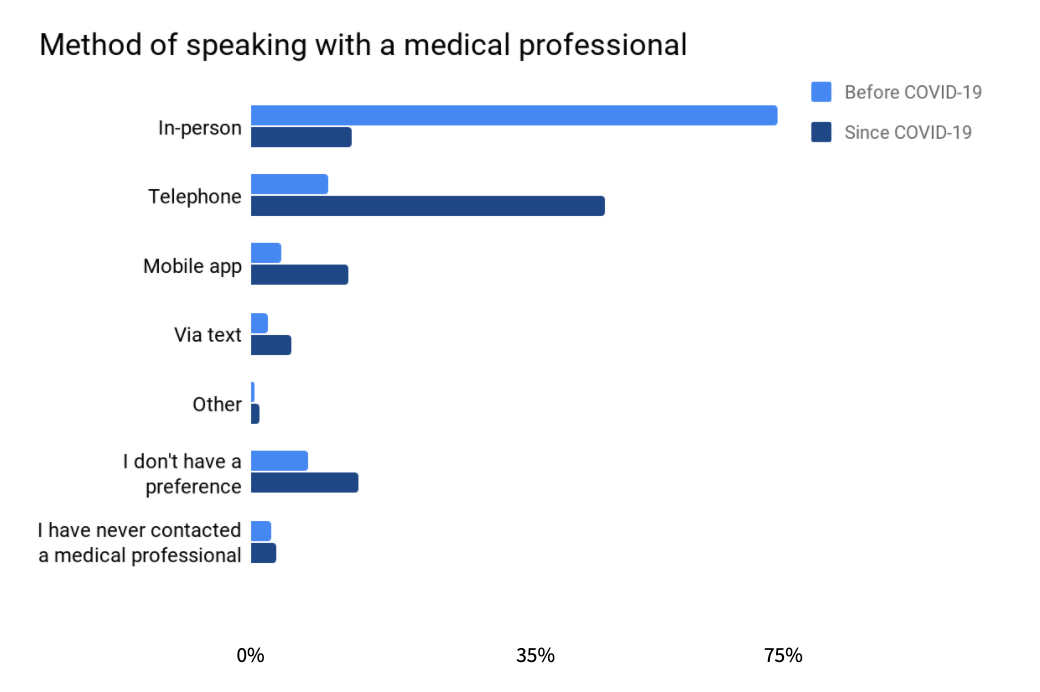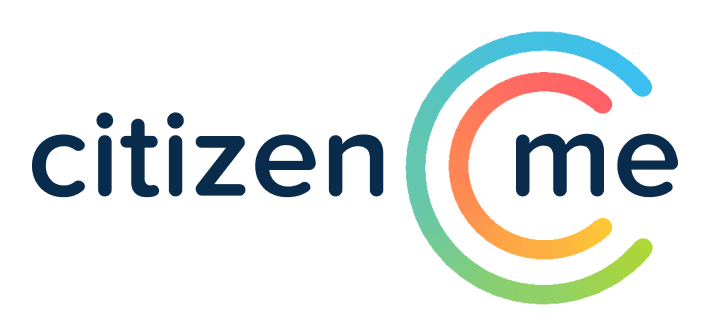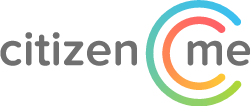
Seeking Medical advice since COVID-19 (part one)
Seeking Medical advice since COVID-19 (part one) https://www.citizenme.com/wp-content/uploads/2020/03/Screenshot-2020-03-27-at-11.31.48.png 1040 692 Shaun Richards https://secure.gravatar.com/avatar/a8ce564a017acc0ef1de7902096f812d?s=96&d=mm&r=gUsing the CitizenMe platform, we went out to our COVID-19 community, which is an open-data research project designed to enable the world’s citizens to share real-time opinions and data about COVID-19 with the institutions fighting the pandemic.
Results: Preferred methods of speaking with a professional
We sent out 2 key questions:
- Before the COVID-19 virus outbreak, which was your preferred method of speaking with a medical professional?
- Since the COVID-19 virus outbreak, what is/would be your preferred method of speaking with a medical professional?
Overall:
- Those who use mobile services and telephones are more likely than average to be male and younger;
- Those who said they visited In-person before COVID-19 are more likely than average to be female;
- Those in technology-centric industries are more likely to use technology as the method to speak with medical professionals.
Since the COVID-19 outbreak, there has been a huge shift in the ways that people are going to speak with a medical professional:
Key differences between preferred methods of speaking with a medical professional before and since the COVID-19 outbreak
What methods are citizens moving into from before to since the COVID outbreak?
Only 17% of people who said they would see a medical professional in person before the outbreak would see one since. 52% have shifted into telephone services, and 1 in 10 will use a mobile app
Gender: Before the outbreak, females were more likely to want to go in-person to see a medical professional, with males also high at 68%. Both were also as likely to speak on the telephone. Since the outbreak, both genders have diffused into methods other than ‘in-person’, with there being significant differences in speaking with a medical professional on the telephone:
Age: Before the outbreak, the older you are, the more likely you will want to see a medical professional in-person. Since the outbreak, there has been more diffusion in age in the type of methods of speaking with a medical professional:
“The CitizenMe COVID-19 community is an open-data research project designed to enable the worlds citizens to share real-time opinions and data about COVID-19 with the institutions fighting the pandemic.” All data gathered is shared anonymously with health services and researchers, governments, journalists, charities – and with the general public. If you would like a full, anonymised copy of the data, please email us at COVID@citizenme.com


